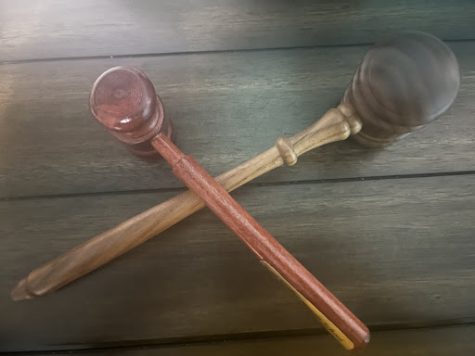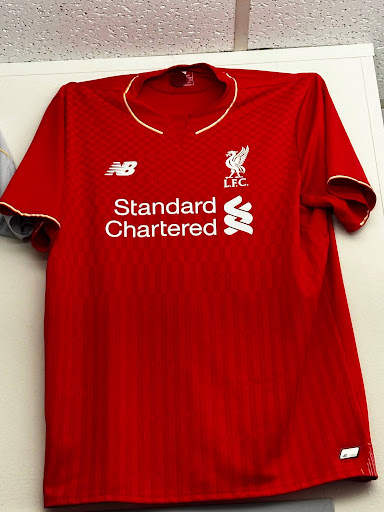Four Things you Should Know About the Supreme Court

Background
From the speedy appointment of Amy Coney Barrett to Biden’s search for a new Justice, and most recently, a controversial leak, there’s been a lot of buzz about the Supreme Court recently.
All of those things are incredibly important to talk about, but I wanted to take a second to dive into the story behind the stories. Just because 30 years of culture, technology, and politics may have come and gone since the Court first began in 1789, that doesn’t mean that the people on it fully represent the full history.
Let’s take a closer look at what it really means to be on our nation’s highest court, based on demographics.
Race
The U.S. is home to 330.01 million people forming a diverse group. Yet, the Supreme Court has always had a very one size fits all approach. There have been 112 white justices, out of the total 115, meaning the court has 97.4 percent white. In comparison, only 24 percent of the U.S. population are people of color.
Let’s take a closer look. Of the three non-white Supreme Court justices, two were black, and Sonia Sotomayor, of Puerto Rican heritage, rounds out the group. “No justices so far have identified as Asian, Native American or Pacific Islander,” CNN noted, leaving over 25 million people completely unrepresented.
Gender
In terms of gender, 110/115, or 95.6 percent of Justices have been men, which is ironic, considering women actually outnumber them, making up 50.1 percent of the U.S. population.
Nationality
Three of George Washington’s original court picks are some of the only 5 percent of justices thus far have been immigrants. Of them, the most recent, Felix Frankfurter, served from 1939 to 1962. This means we haven’t had a member of the Supreme Court who was foreign-born in 60 years, even though the U.S. currently houses 44 million immigrants.
LGBTQ+ Identities
Despite some past speculation, there’s never been a member of the Court who has identified as anything other than cisgender and straight, despite 5.6 percent of Americans identifying as being part of the LGBTQ+ community.
Verdict
We’ve come a long way, 233 years after the system began as Ketanji Brown Jackson will become the first black woman to serve on the court. Yet, as things currently stand, the average Supreme Court judge is a cishet, white, man who was born here.
The Supreme Court weighs in on the country’s biggest, and often most controversial issues. The nine Justices who preside over it hold more power than most of us could even dream of, but they’re supposed to be fair and impartial. Unfortunately, that idea in and of itself is a dream at best, but more a broken vow than anything else.
Implicit bias still exists. The way we think is largely impacted by the way we experience the world. How can we expect an almost homogenous group to represent how intricate our society is?
There were already several highly contested legal issues to consider this year when Politico published a draft from the Supreme Court that, if finalized, could overrule Roe vs. Wade. The Pro-Life, Pro-Choice debate, like many others, is diverse, complex, and significant for so many in America right now. Whether you have a uterus or not, everyone is impacted in one way or another by how this Court will rule.





